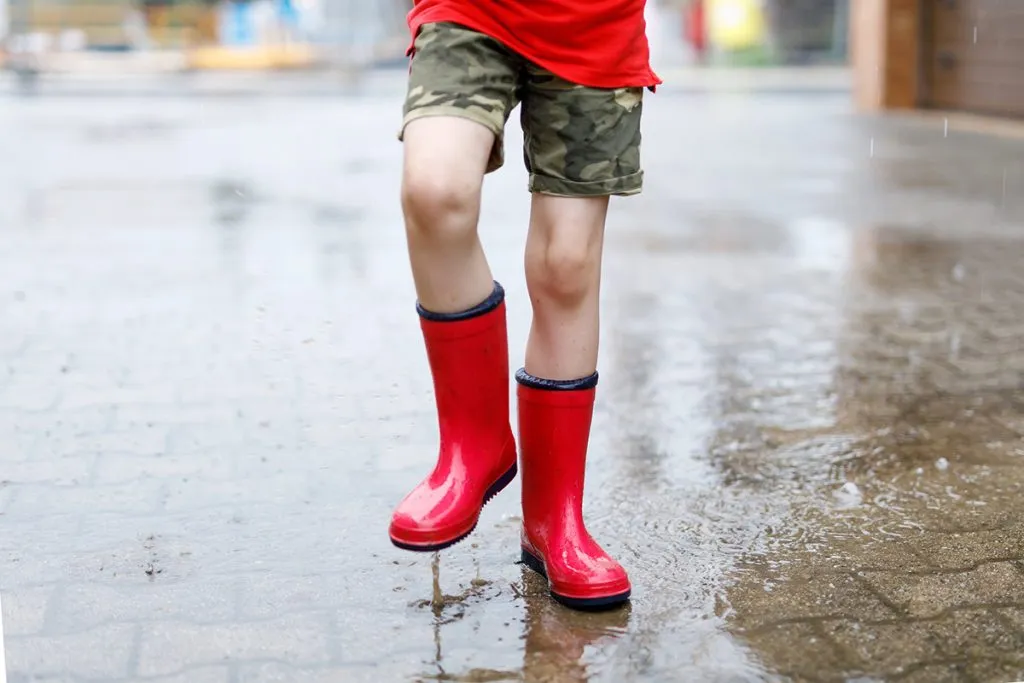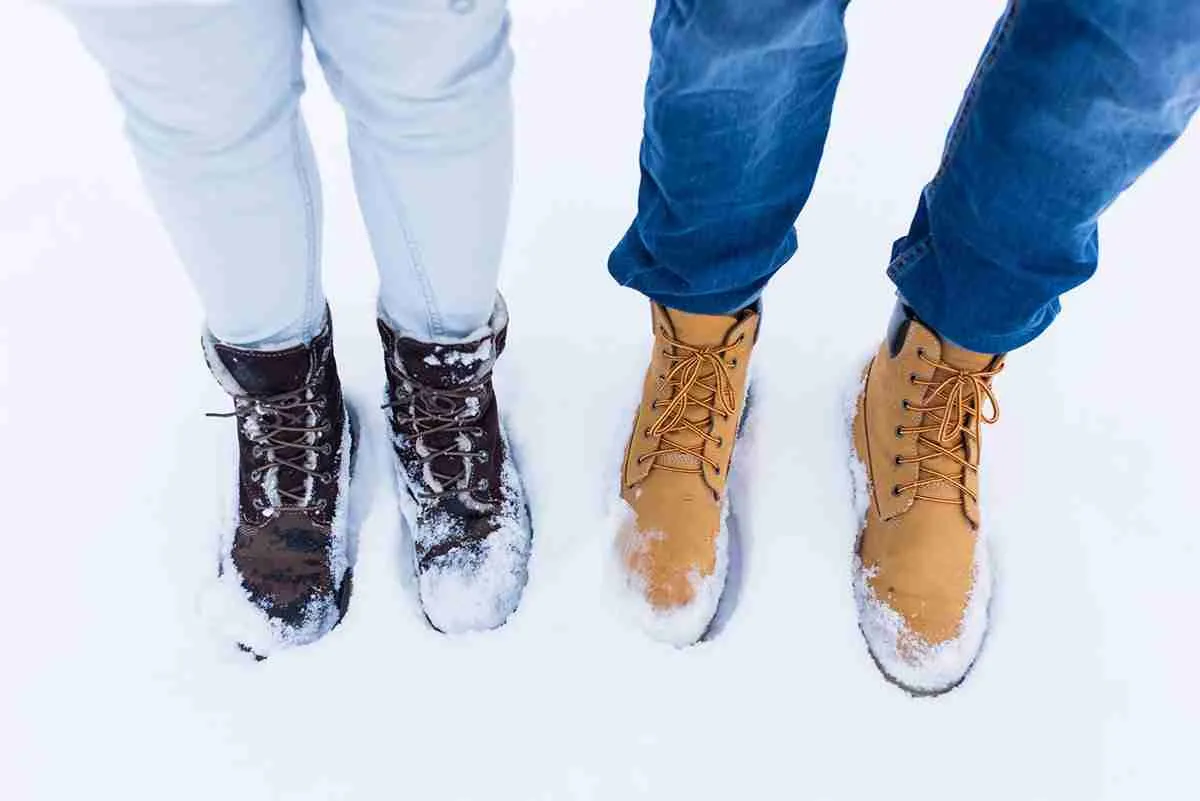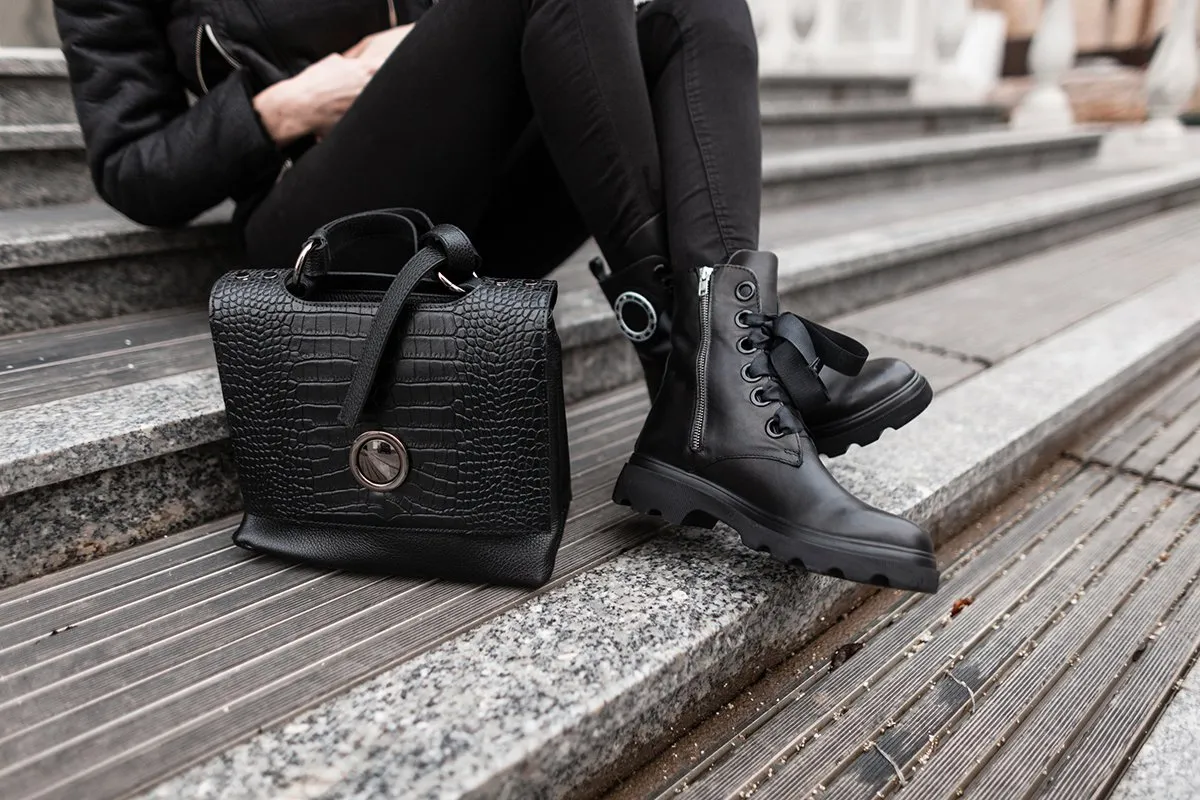Rubber boots can be a complicated thing to shop for because they require a perfect fit. Without laces to account for any necessary or unwanted space, rubber boots are one of the hardest things to fit just right. So, let’s talk about how they should fit you to be worn properly.
Rubber boots should fit snug but not too tight that you’re cutting off proper circulation. Proper size should mean that they can be worn with thick socks comfortably, and the heel of your boot should lift with your foot and not slam down.
Let’s take a closer look at the proper fit for rubber boots and help you find the right fit the first time.
How Do I Find the Right Size Rubber Boots for Me?
You can find the right size rubber boots by trying them on in person before purchasing to ensure they fit, bringing an extra pair of socks to ensure they have extra room, and making sure your toes have plenty of wiggle room in the boot.
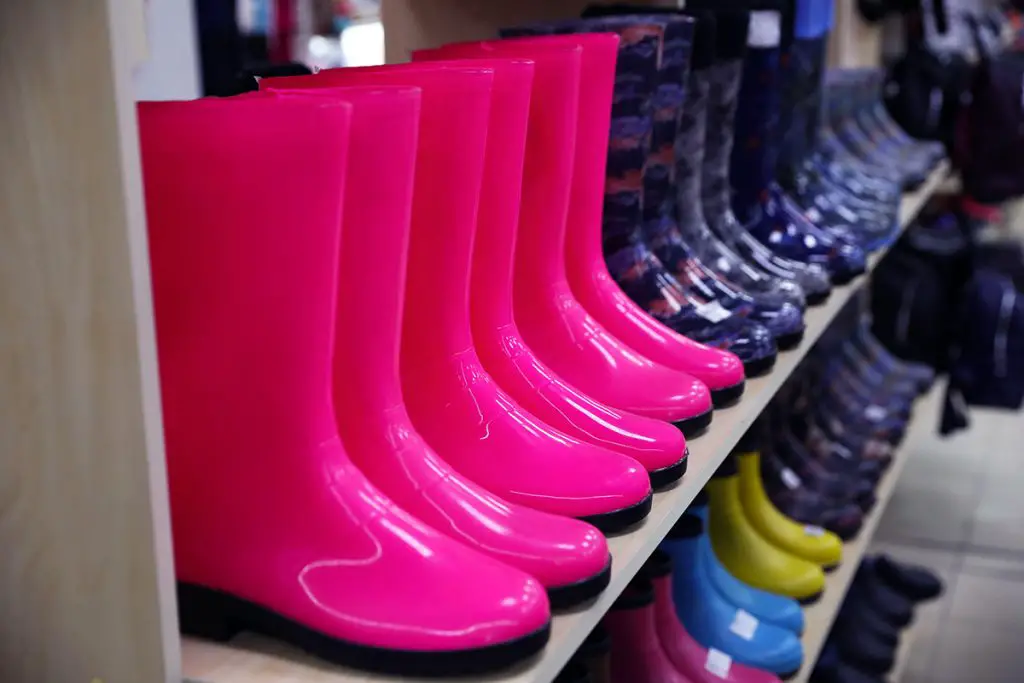
Part of what makes finding rubber boots such a challenge is that they have to fit properly. There’s no leeway with rubber boots that can be made up for later with laces or buckles. So, you have to make sure you get it right when you’re purchasing them, or you may end up with sore, calloused feet at the end of the day.
So, we have the perfect method for ensuring your boots fit just right. First, you want to make sure that you try them on in person before buying. Knowing your shoe size is great for ordering online, but boot sizes can vary depending on the brand and the style. So, make sure you can try the boots on before making the purchase or at least can return them.
Next, you want to bring an extra pair of socks with you to try on your boots. We wear different socks in the summer versus during the colder months. So, make sure that you accommodate this by trying the boots on with your everyday socks and an extra pair. This will help prevent you from buying boots that are too tight.
When it comes to the tips of your feet, you want to make sure your toes have plenty of room to move around and that your toes and balls of your feet aren’t heavily restricted. Both of these are indicators that your boot will fit well. Remember, if your boots are too tight, you can risk issues with circulation and blood flow.
Next, check your heels to ensure that the boot bends with your foot as your heel comes off the ground. While it should not be so tight that your heel doesn’t move at all, there should be no steps in which your heels move, but the boot doesn’t. Also, make sure that the heels of the boots don’t slam on the ground as you walk. This can be a sign the boot is too large.
Most importantly, you’re looking for a snug but not restrictive fit on your boots. Your foot shouldn’t be sliding around in your boot as you walk, as this will cause calluses and a lot of discomfort. Simultaneously, boots that are too tight may cause blood flow problems. In fact, it may cause your feet to swell, making it difficult to get the boots off or back on.
Why Is It Important To Leave Extra Space in Rubber Boots?
It’s important to leave extra space in your boots because rubber can shrink, so you’ll want the option for thicker socks in cold weather, and it’s easier to make loose boots fit better than tight ones.
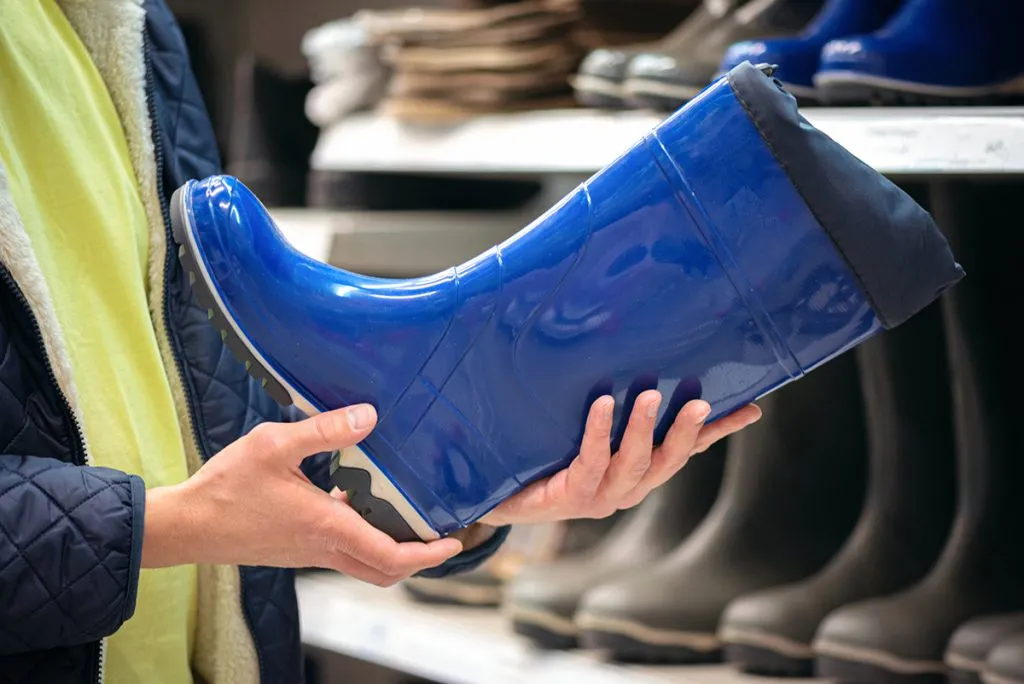
An important factor to consider with rubber boots is that they can shrink when exposed to low temperatures, while heat will help them stretch. So, if you plan to wear your rubber boots in the cold or snow, then it’s likely they’ll shrink when exposed to really cold weather.
So, the extra room that you’re leaving in your rubber boots will help them still fit even if you spend a long time in the cold. We’ve all accidentally left our boots out overnight before. If it happens to be cold, then you may have trouble putting your boots on the next day when you’re headed out the door.
Like we discussed above, you always want to leave room in your rubber boots for thick socks. This will especially be necessary during the colder months, which is when your boots are more likely to shrink. So, make sure there’s plenty of room in the boot for thick socks and shrinking.
Tight shoes and especially boots are a lot more likely to give you blisters on your feet. This happens to all of us, but it’s a painful experience that can keep us off our feet for a short time to heal. So, tightness isn’t always the answer, especially when it comes to boots and preventing blisters.
Remember that rubber boots are slip-on boots. This means that there are no laces to undo and no buckles to get past. This also means that there’s no way to get your rubber boots on without being able to slide your foot into the small hole.
It’s important to remember this because if your boots shrink or your feet are swollen, then this may be a lot more difficult or even impossible. So, getting boots that are too tight can affect whether or not you can even get them on your foot.
Finally, it’s easier to make your loose boots fit better than tight boots. Stretching out rubber is possible, but it’s not ideal. However, boots that are a little too loose can be made to fit better by wearing thicker or even two pairs of socks. Consider this when buying your rubber boots, as tightness is really hard to get around.
Final Thoughts
Rubber boots should fit in thick socks without too much foot restriction, and there should be some extra space for shrinkage, foot swelling, and doubling of socks in cold weather. Sure, you may know your boot size, but it’s important to remember that rubber boots are quite different from more traditional lace-up boots.
What To Read Next:
